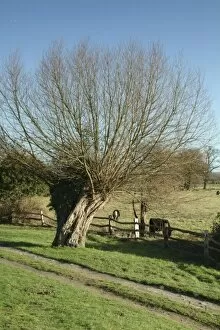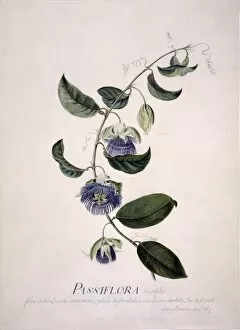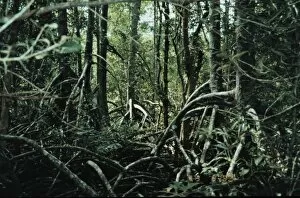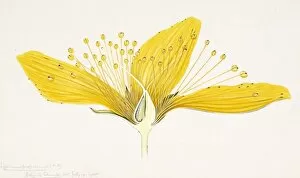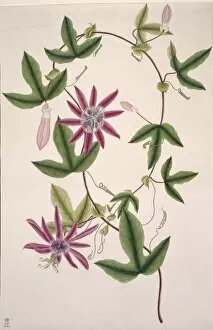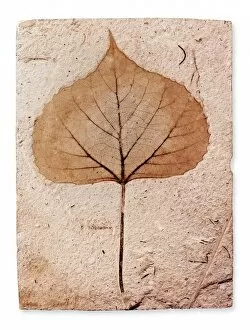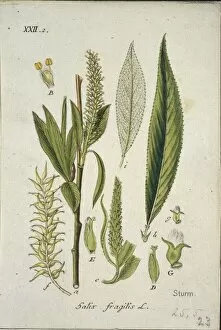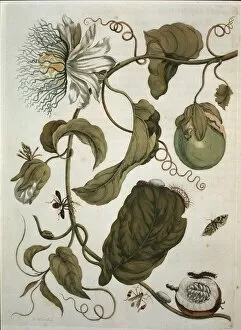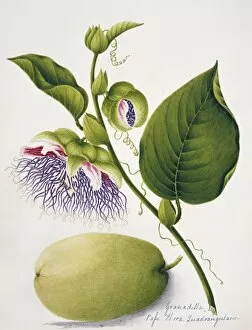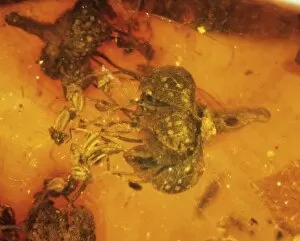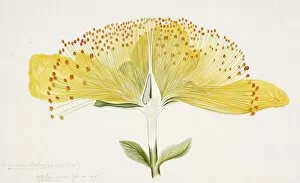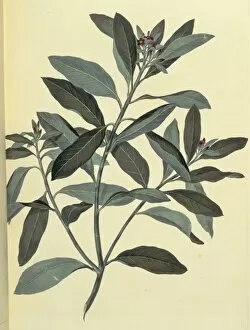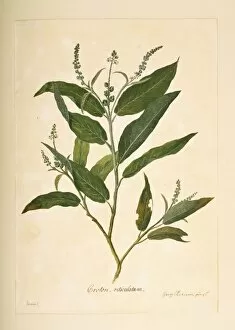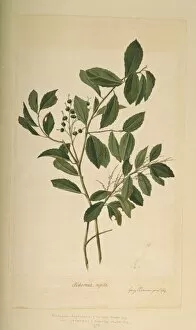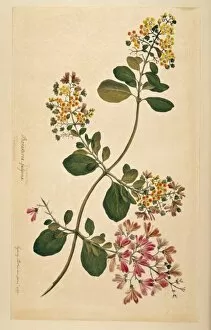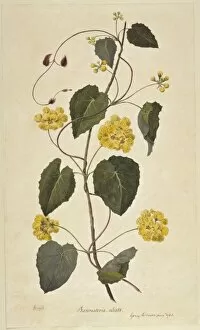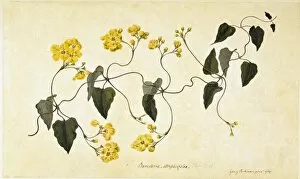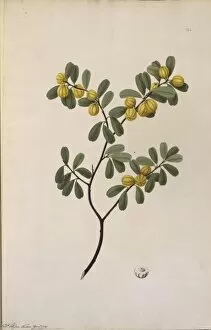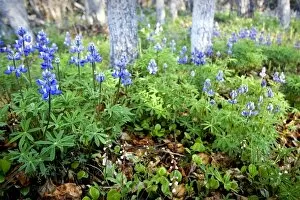Malpighiales Collection (#4)
Malpighiales, a diverse order of flowering plants, encompasses a wide range of species with fascinating characteristics
All Professionally Made to Order for Quick Shipping
Malpighiales, a diverse order of flowering plants, encompasses a wide range of species with fascinating characteristics. From the graceful Weeping Willow to the versatile Linum usitatissimum (flax) and Phormium tenax (New Zealand flax), these plants showcase nature's creativity. One intriguing member of this order is the Mancenillier tree, known for its toxic sap that can cause severe skin reactions. Despite its dangers, it stands tall as a testament to nature's ability to adapt and protect itself. The Pollard Weeping Willow captivates with its cascading branches that sway in the breeze, creating an enchanting sight. Its delicate leaves dance gracefully in harmony with the wind. Viola tricolor, also known as heartsease or wild pansy, adds vibrant hues to meadows and gardens. These charming flowers bring joy with their cheerful faces and are often associated with love and remembrance. Red mangrove propagules or plantlets exemplify resilience as they transform into fully mature plants. These remarkable organisms play a vital role in coastal ecosystems by stabilizing shorelines and providing habitats for various marine species. In Danzante Island within Loreto Bay National Park in Mexico's Sea of Cortez, we witness the Western honeybee diligently pollinating Desert passionflower (Passiflora palmeri). This symbiotic relationship showcases nature's intricate web of life. A split-level photo captures an awe-inspiring moment featuring an American crocodile submerged beneath crystal-clear waters. This powerful creature reminds us of the diversity found within Malpighiales' habitat range. An Autumn quaking aspen grove adorned with elk-browsing scars paints a picture of coexistence between wildlife and flora. The majestic trunks stand tall against golden foliage during this season of change. Below Turret Ridge lies another breathtaking scene – autumn quaking aspen trees casting their golden glow upon the landscape. Their leaves shimmer like precious coins, creating a mesmerizing sight.

